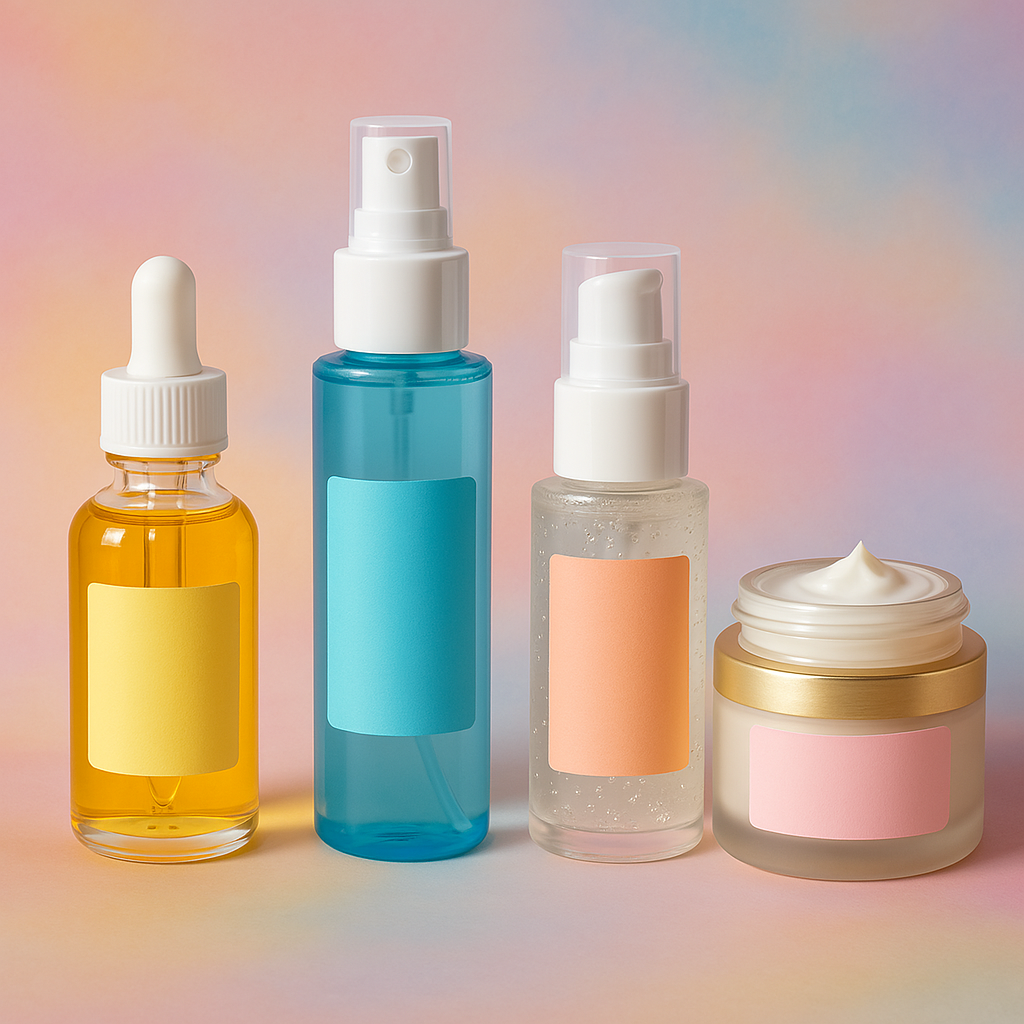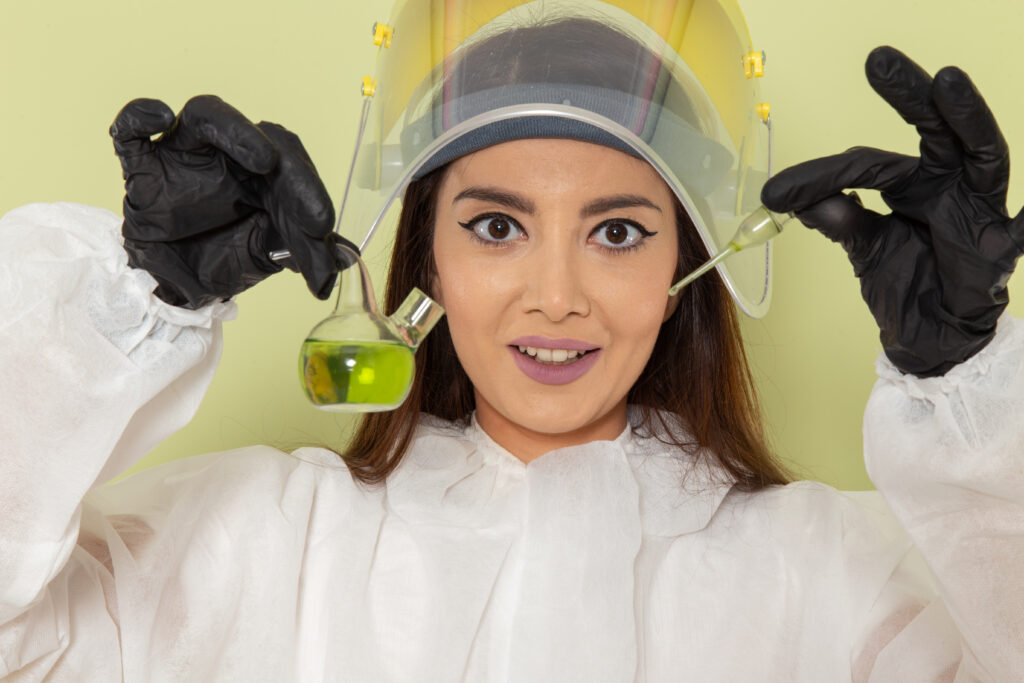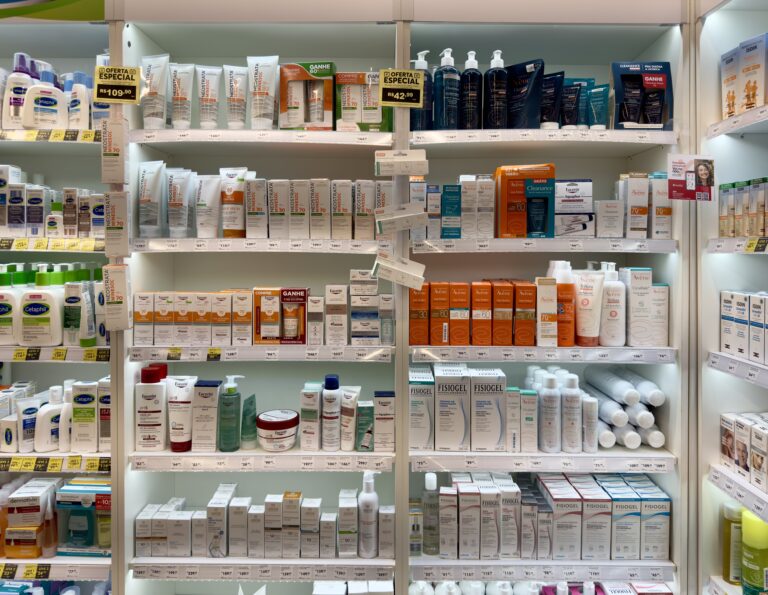Let’s take a walk through the behind-the-scenes world of cosmetic manufacturing.
Before anything is mixed, the team has to know exactly what they’re making. The formula can impact what size mixing tank, the type of ingredients, and how it will be transported to the needed filling line.
Water-based formulas are the lightweights of the skincare world. Think toners, mists, and hydrating serums. These are fast-absorbing, refreshing, and often packed with active ingredients. Because they’re mostly water, they need preservatives and careful pH balancing to stay safe and effective.
Oil-based formulas are the rich, nourishing types of facial oils, cleansing balms, and oil serums. They don’t need preservatives (bacteria can’t grow in oil), but they do need antioxidants to keep them from going rancid. They’re sensitive to heat and light, so they’re often packaged in dark glass bottles.
Serums are the overachievers. Whether water- or oil-based, they’re designed to deliver a high concentration of actives deep into the skin. They’re usually thin, fluid, and potent like a shot of espresso for your face.
Creams and lotions are the comfort food of skincare. Creams are thick, luxurious, and perfect for dry skin. Lotions are lighter, with more water content, making them ideal for daily hydration. Both require emulsification which is blending oil and water into a smooth, stable mixture that won’t separate over time.

Each formula type affects how the product is mixed, how it’s filled, and even what kind of container it ends up in.
Once the formula is finalized, the next step is sourcing the ingredients and this is where attention to detail really matters. From botanical extracts and vitamins to emollients and actives, every raw material plays a crucial role in the final product. But it’s not just about what goes in; it’s about where it comes from and how it’s handled.
Working with Approved Suppliers
Every ingredient must come from a trusted, approved supplier. This ensures we’re getting high-quality materials that meet strict safety and regulatory standards. Reputable suppliers provide essential documentation like Certificates of Analysis (COAs), which verify the ingredient’s identity, purity, and safety. Without this level of control, there’s a risk of inconsistency, contamination, or regulatory issues down the line.
Ingredients often come in multiple grades, and selecting the right one is key.
Choosing the wrong grade can impact the product’s safety, stability, and performance and could even result in compliance issues or product recalls.
Once the ingredients are sourced, they need to be prepared properly. Some materials need to be melted at specific temperatures, others dissolved in the correct phase, or protected from light and air. This part of the process is like carefully following a recipe except the stakes are higher. Precision ensures the final product is consistent, effective, and safe to use.
With all the ingredients properly sourced and prepped, it’s time to bring the formula to life through precision mixing. This stage is where raw materials are transformed into a cohesive, finished product, and it’s one of the most critical steps in manufacturing. Everything from the order of addition to the speed and type of mixing can impact the product’s texture, stability, and performance.
Cosmetic products typically go through several stages of mixing as they scale:
Each batch type may require different mixing equipment, and scaling up isn’t as simple as multiplying ingredient quantities, processing time, temperature control, and mixing speed all need to be adjusted.

Before any product can be filled into its final packaging, it must pass through a series of strict quality control checks. This step ensures that every batch meets the highest standards for safety, stability, and performance; because once a product is out in the world, there’s no room for “almost right.”
Each batch goes through a detailed checklist:
What Happens if Something’s Off?
If a batch doesn’t pass any of these checkpoints, it doesn’t move forward. Instead, it’s flagged for investigation and correction whether that means adjusting pH, re-mixing, or, in some cases, discarding the batch entirely. Quality control is not a formality, it’s an essential safeguard to protect brand integrity and consumer trust.
Only when the product checks every box is it cleared to move on to the filling line.
This is where the product starts to look like something you’d find on a shelf. But how it’s filled depends on the packaging:
The equipment used depends on the type of product being made:
Once the product is fully mixed and quality-checked, it’s ready for filling. Another important step that must match the characteristics of the formula and its packaging. Cosmetic filling lines vary depending on viscosity, speed requirements, and packaging type.
Each filling line must be calibrated to ensure not only accurate fill weights, but also hygiene and efficiency especially when producing at scale.
Each method is designed to preserve the product’s integrity and ensure consistency.

Once the product is filled, each container is sealed to preserve freshness and prevent contamination. Depending on the packaging type, this might include a heat seal on a tube, a tamper-evident cap, or an induction seal under the lid. These seals aren’t just best practice; they’re often required. Many retailers, especially national chains, mandate that products have one or even two types of protective seals before they’ll allow them on shelves. It’s a layer of safety that protects both the customer and the brand.
Labeling comes next, and it’s just as critical. Each label must include all required information: ingredients, directions for use, batch or lot numbers, expiration dates, and any applicable warnings. While the look and feel of a label support brand recognition, the content is what ensures compliance, consumer trust, and traceability. In the event of a question or recall, accurate labeling helps pinpoint exactly when and where a product was made.
Sealing and labeling may seem like the final step, but they play a key role in product safety, shelf-readiness, and long-term brand integrity.
The finished products are boxed, shrink-wrapped, or bundled for shipping. Then carefully packed to arrive looking just as flawless as when they left the facility. Whether they’re headed to a boutique shelf, a beauty subscription box, or straight to someone’s bathroom counter, every unit is prepared to make a great first impression.
From raw ingredients to ready-to-ship, the entire manufacturing journey is built on precision, partnership, and pride. When done right, the process doesn’t just result in a great product, it builds trust, elevates your brand, and turns first-time buyers into loyal customers.
Because in skincare, how it's made matters just as much as what it does.

